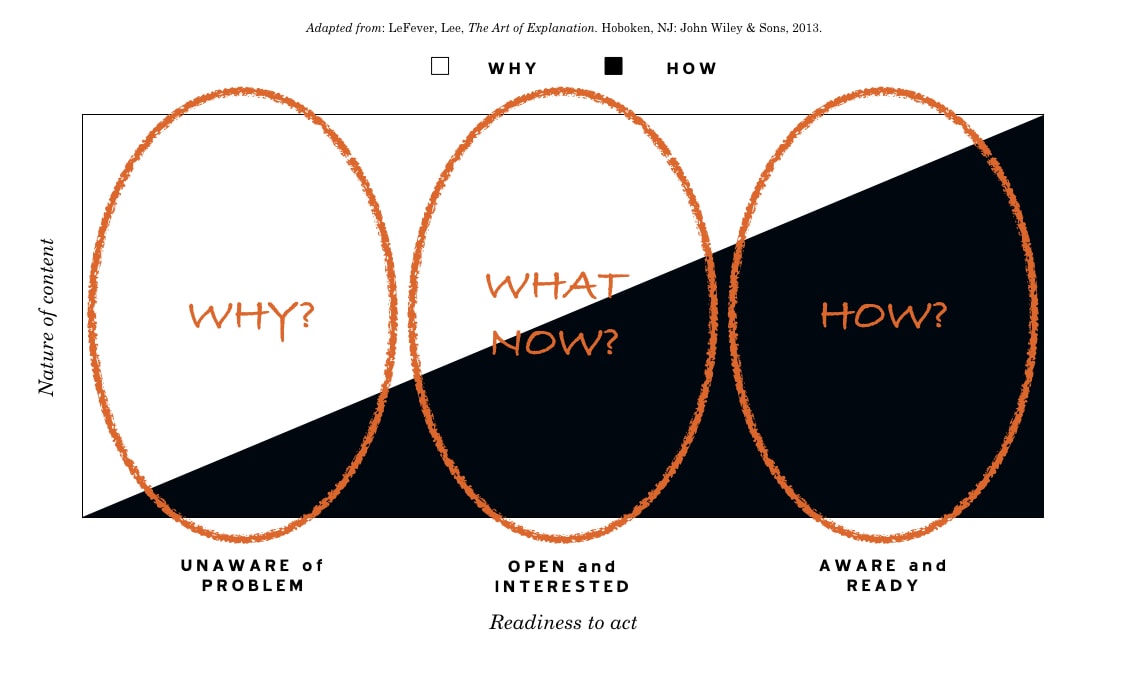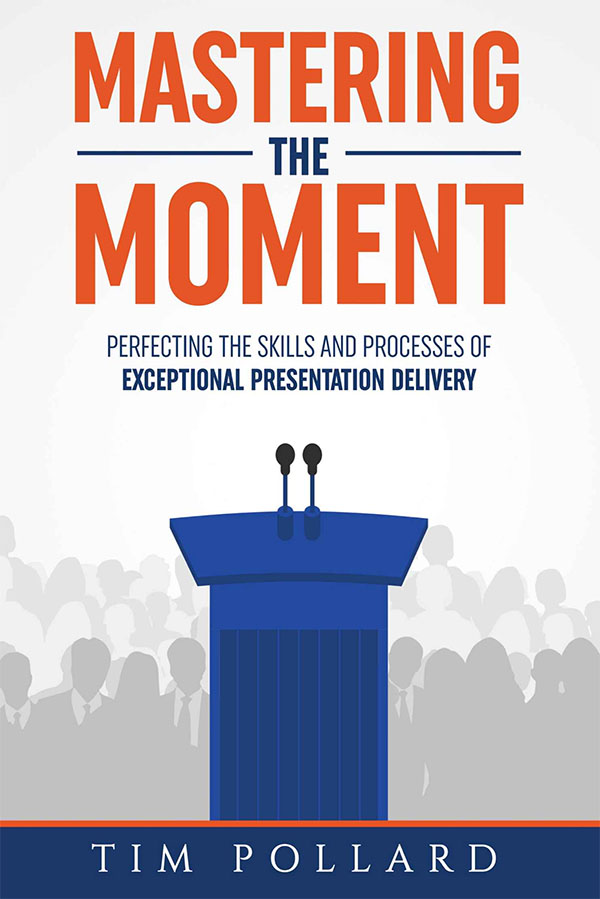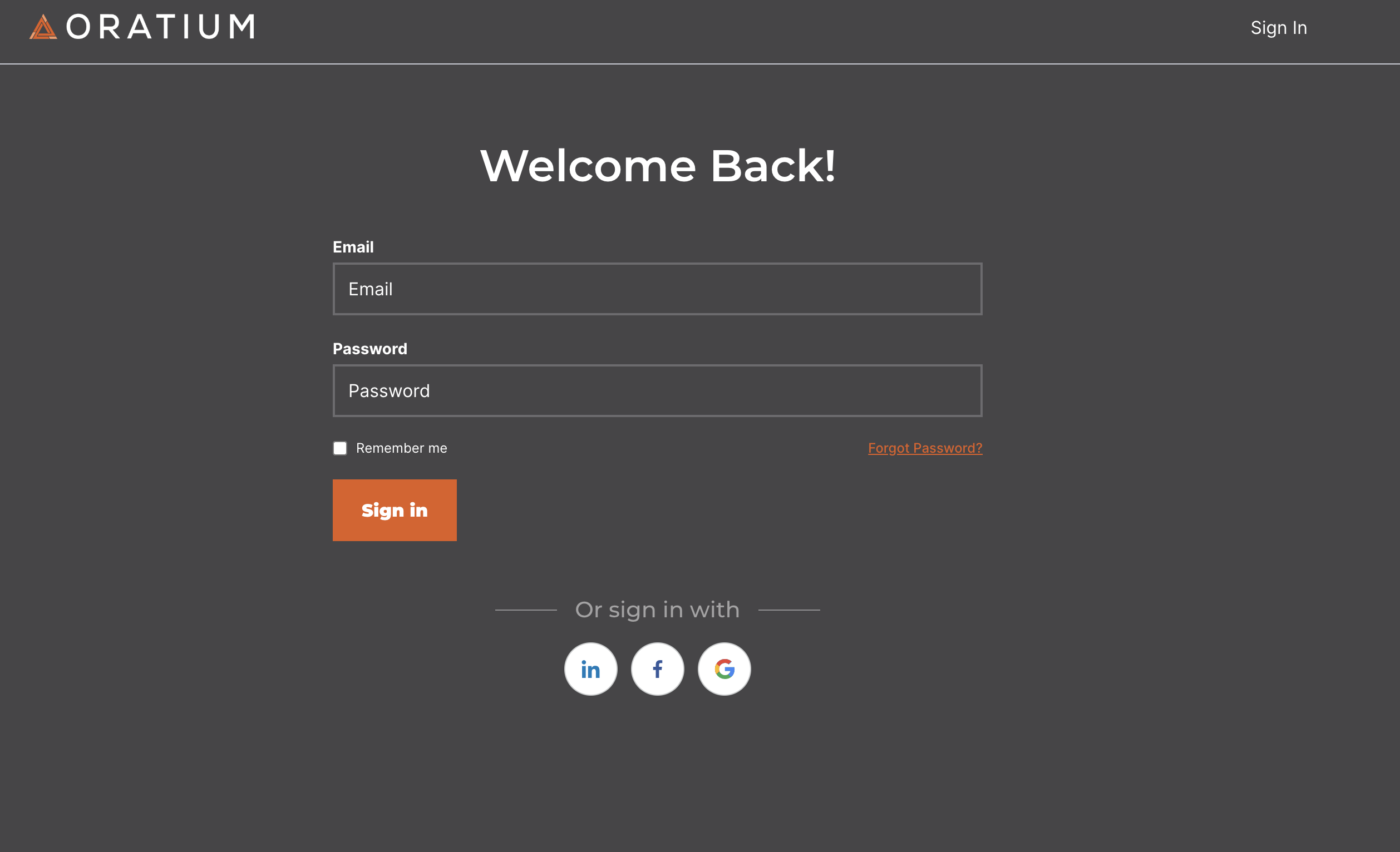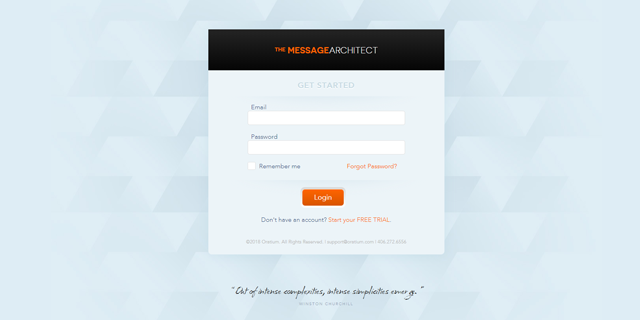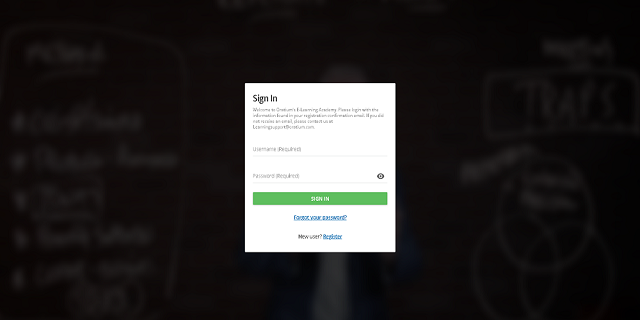When putting together their talks, many speakers miss a critical early step: understanding what type of presentation they need to give.
What does that mean? Well, remember that your idea needs to solve a problem the audience has, or to meet an unmet need. That means you need to also understand what the audience needs to (or can) do with it.
Here’s why: when faced with a problem to solve, audiences need two different kinds of information:
- Information that tells them WHY they need to solve the problem or solve it in a specific way, and
- HOW to do it.
Depending on how familiar your audience is with the problem your idea solves, they need that information in different proportions.
If your audience isn’t familiar with the problem or aren’t ready to act, they need “why” content to convince them they need to change. The greater the familiarity with the problem – or the readier they are to act – the more they need “how” content. (Our thanks to Lee LeFever and his great book, The Art of Explanation, for inspiring this approach.)
At its simplest, that means there are essentially three kinds of talks, which we describe based on the overarching question the audience needs answered:
- “WHY?” – Why should I take action? Why is this idea important?
- “WHAT NOW?” – I understand I need to take action, but what do I need to do about it, at a high level? or I understand the nature of the problem, but how do we (or does this solution) solve it, at a high level?
- “HOW” – How do I take the action, specifically? How does this work? How did this happen?
In sales or marketing, the types of talks mimic the sales funnel and consumer decision journey.
In professional or conference speaking, keynotes tend to be “Why” talks and breakouts and workshops tend to be “How” talks. Depending on the topic, “What Now” talks can serve in either capacity.
Let’s look at each type a little more closely.
WHY? Talks
As you can see from the graphic, above, WHY? talks are mostly about deconstructing or setting up a problem and creating a case for action.
WHY? talks are for audiences that:
- Aren’t aware of a problem they have
- May be aware of a problem’s manifestations, but not its true cause, and/or
- Are unaware of the nature and full extent of the costs associated with the problem
“WHAT NOW?” Talks
WHAT NOW? talks give fairly equal treatment to the problem and the solution. They give the audience high-level direction on how to solve a problem.
WHAT NOW? talks are for audiences that:
- Have some awareness of a problem, its true cause and its extent
- Have some interest in solving it, and
- Aren’t aware of how to solve it, or how to solve it in the way you recommend
“HOW?” Talks
HOW? talks are all about detail: How does this work? How do I apply this? How will (or did) this happen? The audience is already aware of the problem and interested in action, so the majority of the talk is step-by-step instruction or explanation.
HOW? Talks are for audiences that:
- Have awareness of a problem and urgency around solving it
- Want concrete or specific direction on what to do and how to do it
What does all of this mean for you?
Once you have your idea defined, as well as the problem it solves, ask yourself: How familiar is my audience with this idea? How ready are they to solve this problem? Then, choose the type talk that best fits what your audience needs to act.

